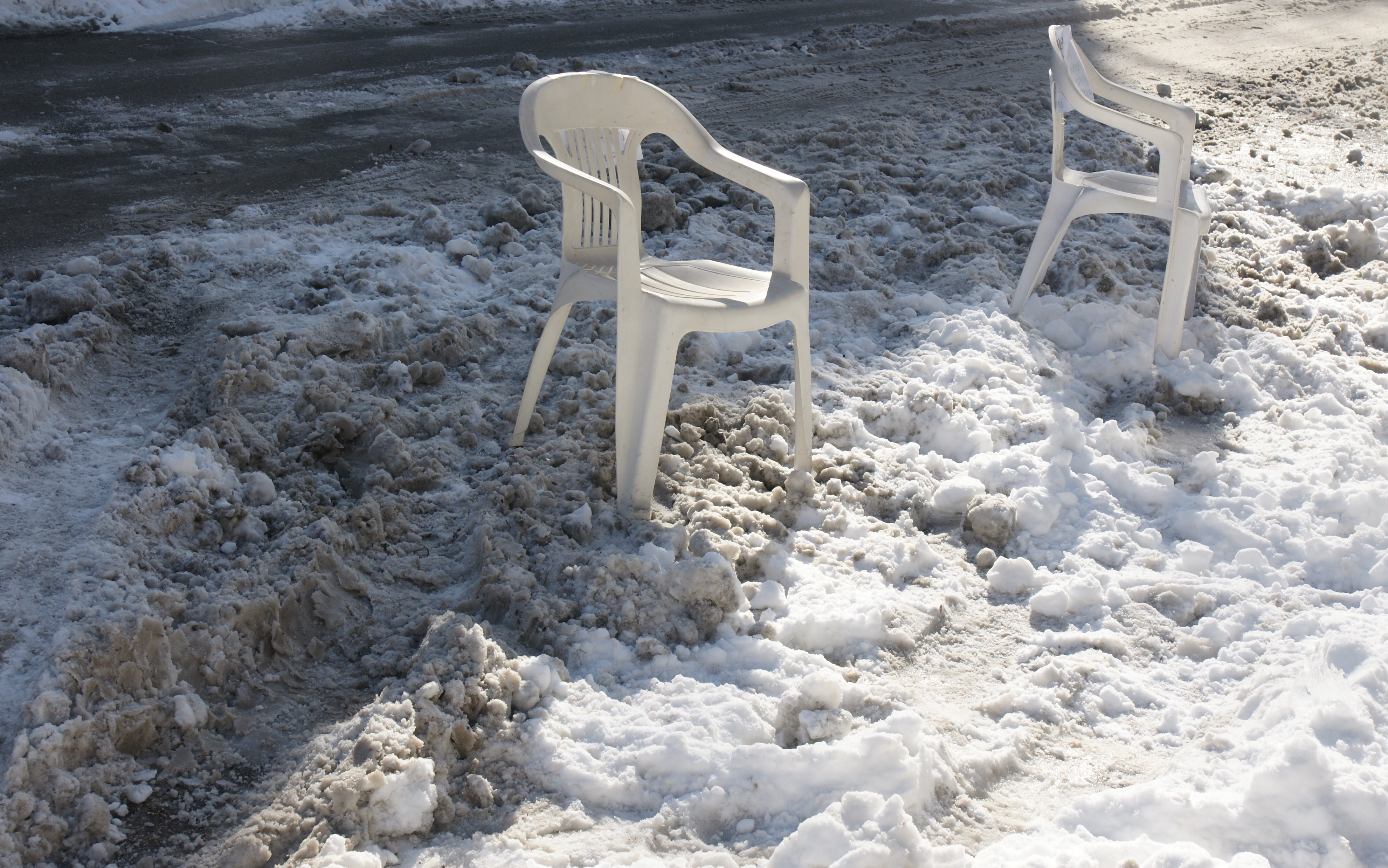
Shu Qi as The Assassin
Do we “judge a book by its cover”? Yeah, we do! In a blog post this week, author Kirsten Oliphant focused on the importance of visuals for attracting book purchasers, blog post readers, and social media shares. Posts and tweets with pix are almost twice as likely to be read, regardless of topic, as those without. Facebook users know this, uploading some 350 million photos every day!
Searching for the exactly right photo for my blog posts is a fun part of the process, a reward to myself for completing the writing. When the content doesn’t easily lend itself to visualization, it can be an interesting challenge.
I depend heavily on Flickr images licensed through creative commons, because the terms of use are so clear, and have found great images on Pixabay. Generally, “stock photo” images seem stiff and unnatural to me. The producer had a message in mind, and that doesn’t ever match my message.
Scrolling through my file of images from this year so far, I see several I especially like. One of my favorites is at the top of this post—a still from the movie The Assassin—just because it’s so beautiful. Others favorites: the memorial to Britain’s World War I dead, an art installation around the Tower of London (clicking on it takes you to a description of the installation), below, used to illustrate a review of the play Remembrance Day, which is Britain’s Veterans Day, celebrated with red poppies as in the U.S., traditionally.

A small section of the 2014 London installation of 888,246 ceramic poppies, each representing a member of the British military who died in World War I (photo: Shawn Spencer-Smith, creative commons license)

Julius Caesar (photo: William Warby, creative commons license)
And, this one, at right, such a powerful image of Julius Caesar, used to illustrate my March 15, “Ides of March” post about an exhibit of crime photographs at the Met.
Oliphant’s post reinforces the value of “branded visuals” that have a consistency of style that links them uniquely to an author. The image of the eerie, disused Eastern Penitentiary may be the closest I come to a branded approach, as it’s the header for my website and Facebook page, as well as appearing on my business cards. I snapped that picture; I own it.
Oliphant provides helpful sources for free stock photos, other guidance about using images, and reviews some of the top free image-editing sites. And, just think, if you’re doing a lot of writing, every great picture you come up with saves you, what? a thousand words? Her complete post appears on Jane Friedman’s excellent website.







